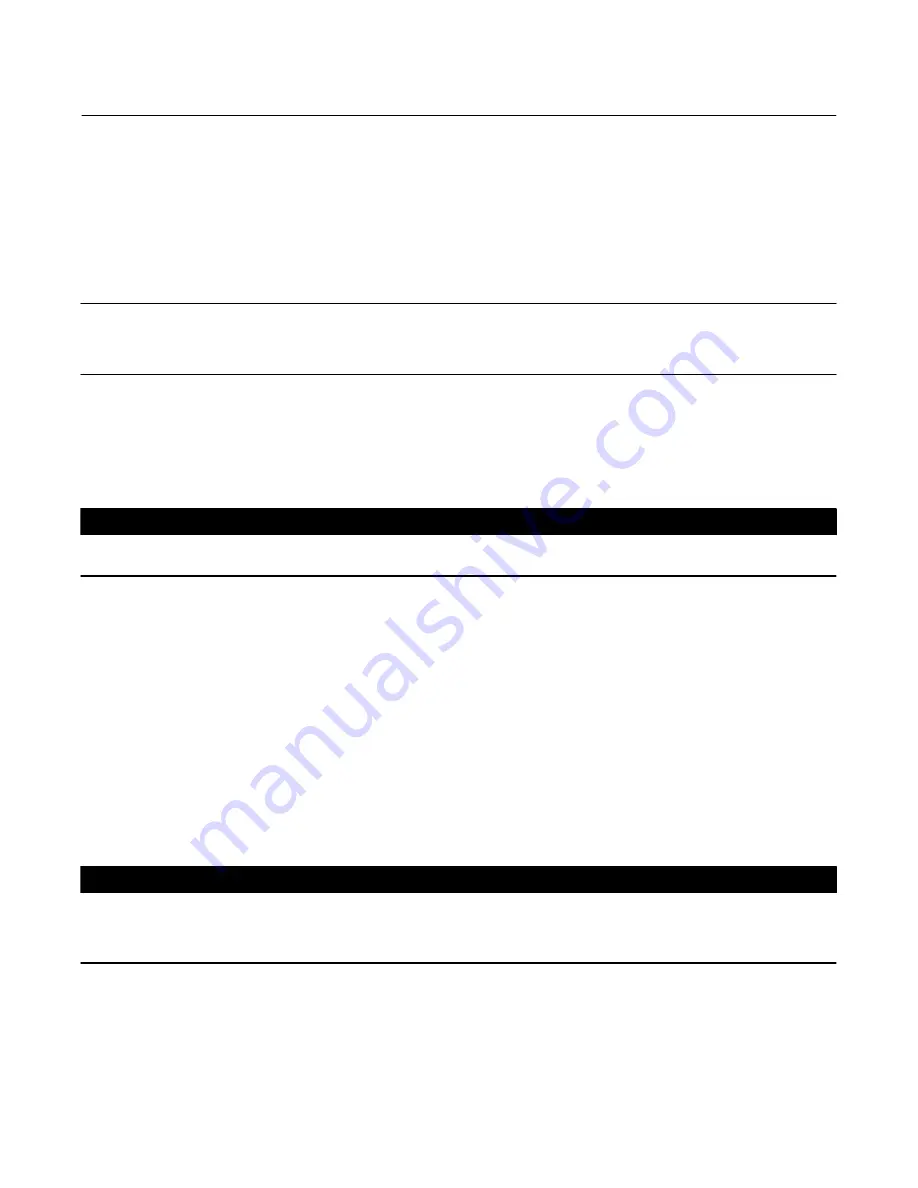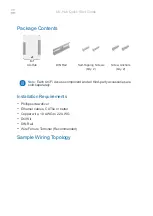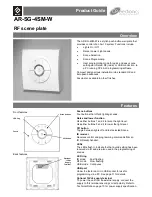
Instruction Manual
D500242X012
A31A Cryogenic-Rotary Valve
February 2019
10
1. Before loosening any parts, isolate the valve from the line pressure, release pressure from both sides of the valve
body, and drain the process media from both sides of the valve.
2. Then, remove the hex nuts (key 18) and lift off the packing follower (key 11). The packing (key 13) is now
accessible. Refer to figure 6 for details of the blowout protection.
3. Use a packing extractor to remove the packing. Insert the corkscrew‐like end of the tool into the first piece of
packing and pull firmly to remove the packing. Repeat this process until all packing has been removed.
Note
For valves equipped with non‐metallic (PTFE composition) bearings, perform the following step to inspect and/or replace the
outboard bearing (key 10).
4. Using a formed hook or probe, carefully remove the packing ring (key 12) and inspect the outboard bearing (key
10) for excessive intrusion or wear. Outboard bearings are only found on the 3‐ through 12‐inch sizes. If necessary,
remove the bearing carefully using needle‐nose pliers and install a new bearing and existing packing ring using the
packing follower (key 11) as a driver.
CAUTION
Be careful when cleaning the packing box. Scratches to the shaft or inside diameter of packing bore might cause leakage.
5. Before installing new packing, clean the packing box.
6. Install new packing (key 13) one ring at a time, using the packing follower (key 11) as a driver. If using split‐ring
packing, stagger the splits in the rings to avoid creating a leak path.
7. Reinstall all parts. Tighten the packing follower nuts (key 18) as needed to stop leakage under operating conditions.
Removing the Valve from the Pipeline
1. Disconnect any operating lines providing air pressure, electric power, or a control signal to the actuator. Be sure the
actuator cannot suddenly open the valve. Vent the power actuator loading pressure.
2. Use bypass valves or completely shut off the process to isolate the valve from process pressure. Relieve process
pressure on both sides of the valve. Drain the process media from either side of the valve.
CAUTION
Damage to the valve disk, piping or pipe flanges can occur if the disk is not closed when the valve is being removed from
the pipeline. If necessary, stroke the actuator to place the disk in the closed position while removing the valve from the
pipeline.
3. Loosen the flange bolting that holds the valve. Make sure the valve cannot slip or twist while loosening and
removing the bolting.
4. Make certain the valve disk is closed and remove the valve from the pipeline. Support the valve properly and move
the valve to an appropriate work area.











































